About this book
Menageries in Britain 1100–2000 traces the history of menageries ('…a collection of wild animals in cages or enclosures especially one kept for exhibition... in zoological gardens or a travelling show. Also the place…where they are kept…') in five sections: Royal Menageries, Travelling and Commercial Menageries, Private Menageries and Aviaries, Dealers and the Twentieth Century.
Menageries in Britain 1100–2000 begins with Royal Menageries and takes its starting point from the first recorded collection of animals in England, that of Henry I. The history of subsequent royal collections, held predominantly at the Tower of London, is followed, ending with the Windsor Menagerie being given to the Zoological Society of London after Queen Victoria's death. Travelling and Commercial Menageries, which started in the Seventeenth Century with the rapid increase in Britain's overseas trading, developed from sideshows at inns and fairs into the large travelling animal shows of the late Eighteenth and early Nineteenth Centuries. They lingered on into the early Twentieth Century, usually associated with circuses. Another form of the Commercial Menagerie, the static, was also very popular in the Eighteenth and Nineteenth Centuries. Wombwell's, Ballards's, Polito's and Bostock's menageries were great public attractions based permanently in London, although they also provided animals for menageries that travelled in the summer.
The development of large private menageries, the majority owned by enthusiastic aristocrats, is traced to its peak in the late Nineteenth Century and finishes with the last example, that of Lord Rothschild, in the early Twentieth Century. The interactions of these private collections and the development of the science of Zoology, together with the establishment of scientific collections, are also considered. The rise of dealers to support the increased interest in animal collecting and their association with the major ports of the Eighteenth and Nineteenth Centuries is charted, as is their input to animal husbandry and science, particularly scientific illustration. Many of Thomas Bewick's wood engravings were made from studies of animals in dealers' as well as travelling menageries.
Menageries in Britain 1100–2000 concludes with an overview of the Twentieth Century and the changed attitudes to displaying and keeping animals, safari parks and the emphasis on conservation and not merely on entertainment.
Contents
INTRODUCTION
ROYAL MENAGERIES
Chapter 1 ‘We bid you find necessaries for our Lion’ 1100–1603
Chapter 2 ‘St James his Guinea Hens’ 1603–1660
Chapter 3 ‘His Majestie desires no more Cassawarrens’ 1660–1685
Chapter 4 ‘The two-legged cat is dead’ 1685–1714
Chapter 5 ‘Reign in my Duck Island’ 1714–1760
Chapter 6 ‘The hillifents and the pie bald ass’ 1760–1820
Chapter 7 ‘The very pink of politeness’ 1820–1901
TRAVELLING AND COMMERCIAL MENAGERIES
Chapter 8 ‘The Keeper called it a Dodo’
Chapter 9 ‘The camels were being towed by the Caravans’
Chapter 10 ‘To see the tigers sup’
PRIVATE MENAGERIES AND AVIARIES
Chapter 11 ‘Many close averys of birds’
Chapter 12 ‘Charming to play with’
Chapter 13 ‘Dignified by the presence of an immense elephant’
DEALERS
Chapter 14 ‘Just arrived, a fresh parcel of fine song canary birds’
20th CENTURY
Chapter 15 ‘What shall we do? We’ll go to the Zoo’
Notes
Bibliography
Name index of species
Name index of people and places
Acknowledgements
Customer Reviews
















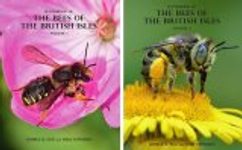

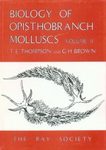

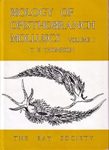
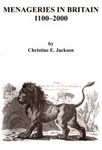
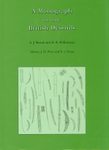
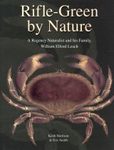
















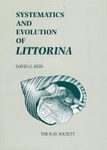
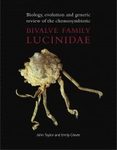

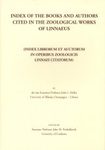

![Methodus Plantarum Nova [English]](http://mediacdn.nhbs.com/jackets/jackets_resizer_medium/22/223935.jpg?height=150&width=101)